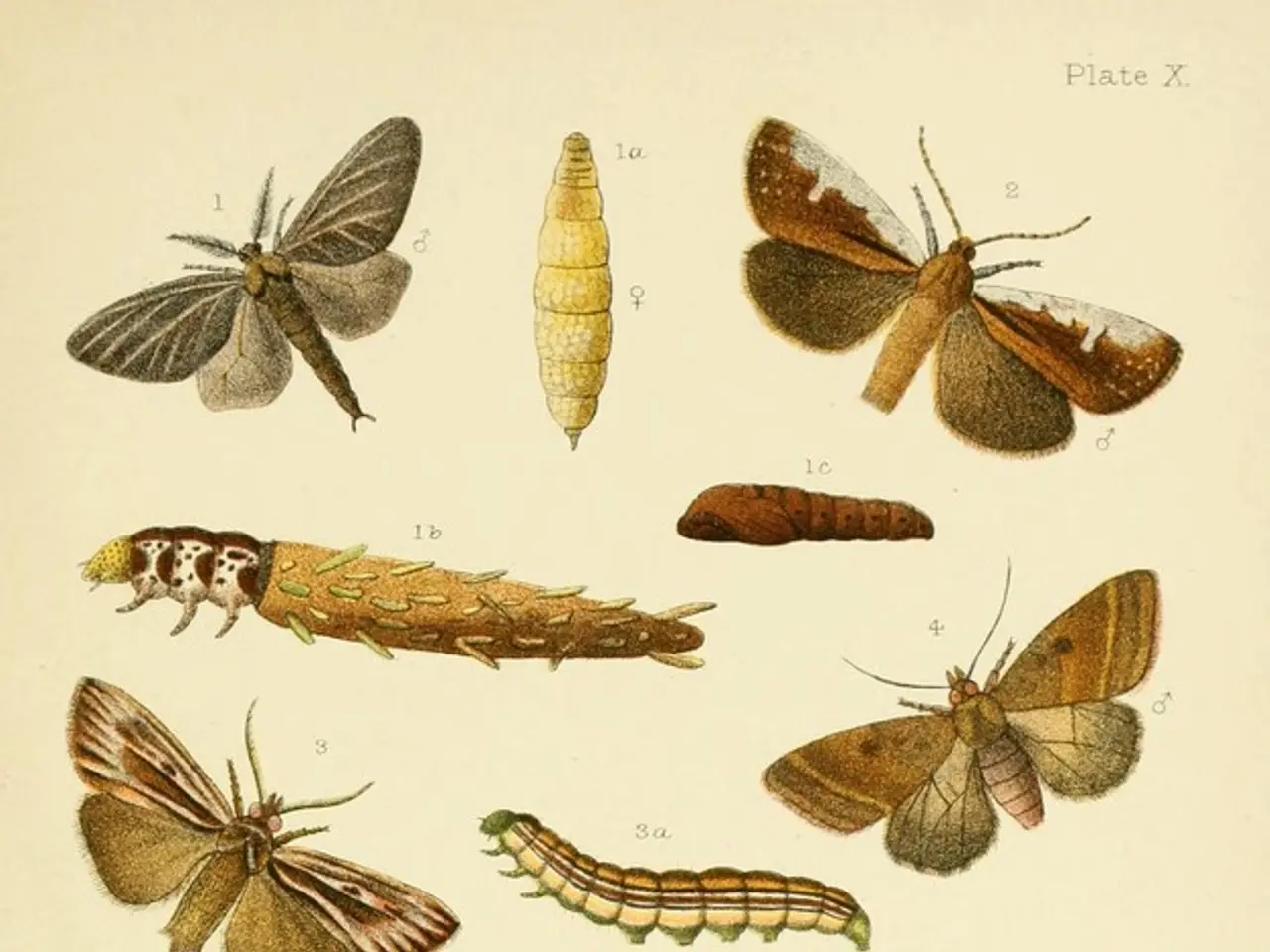Unveiling of the World's Simplest Artificial Cell: A potential leap forward in the understanding of life's navigation systems.
In a groundbreaking study published in the journal Science Advances, researchers at the Institute for Bioengineering of Catalonia (IBEC) have engineered a minimal artificial cell that can navigate using chemicals. This tiny lipid vesicle, known as a liposome, is equipped with enzymes and membrane pore proteins, allowing it to move in response to chemical signals, a process known as chemotaxis.
The researchers placed either glucose oxidase or urease enzymes inside the liposomes to transform specific substances, such as glucose or urea, into their final products. Membrane pore proteins embedded in the vesicle membrane allow substrates to enter and reaction products to exit, establishing uneven chemical concentrations around the vesicle. This chemical asymmetry generates fluid flow at the vesicle surface, propelling it in a directed manner along the chemical gradient.
Professor Battaglia emphasizes that simplifying biological systems can help uncover the fundamental principles of cellular communication and transport. By using simple components (enzymes and pores) to reproduce navigation, scientists gain insights into how primitive cells might have moved and interacted with their environment. This helps elucidate potential evolutionary steps from simple chemical sensing to complex cellular behaviors found in living organisms.
The artificial cell can be programmed to move towards specific substances, mimicking how living cells like bacteria, white blood cells, and even sperm navigate. The IBEC team analyzed over 10,000 vesicles in their study, observing how they moved when exposed to varying concentrations of glucose and urea.
This minimal synthetic model provides a controllable system to understand how cells sense and respond to chemical gradients, shedding light on fundamental aspects of chemotaxis and motility. The study reveals the elegant, underlying chemistry that drives complex biological processes, demonstrating the power of synthetic enzymatic vesicles with pore proteins as a platform for studying and mimicking chemotaxis.
Advances in biomimetic systems and cell membrane-coated nanomotors that use chemotaxis for drug delivery further demonstrate the biomedical and evolutionary relevance of these navigation principles. However, the synthetic cell model focuses on fundamental mechanistic understanding rather than applied biomedical functionalities.
In summary, synthetic cells are liposome vesicles containing enzymes (e.g., glucose oxidase, urease) that catalyze chemical reactions within and membrane pore proteins that control substrate/product exchange. These components create chemical gradients locally that cause fluid movement and directed propulsion—the basis for chemotactic movement along chemical cues. This minimal synthetic model helps unravel how chemotaxis evolved and how early life forms might have navigated their surroundings, providing foundational insights into cellular evolution and complexity.
- This minimal synthetic model, using components such as enzymes and membrane pore proteins, is a significant step in robotics, giving scientists an innovative approach to understanding and mimicking chemotaxis – the navigation of cells using chemical gradients – a process closely linked to artificial-intelligence developments in the field of science and technology.
- The groundbreaking study on simple artificial cells published in Science Advances highlights the connection between science and engineering, as the IBEC researchers have developed a liposome that moves by chemotaxis, a process found in living cells, demonstrating the potential for scientific innovation to emulate the intricacies of biological systems.
- The IBEC team's achievement in engineered navigation for artificial cells brings into focus the interplay between science, technology, and even art - the creation of the minimal artificial cell can be seen as an artistic endeavor, as it bridges the gap between simplified biological systems and the advancement of robotics and artificial-intelligence.




